Go Back
News
Wechat News
Humanities Trip To Liangzhu Museum
Wechat News
07 May, 2024
14 : 33
Recently, our Humanities teachers took G6-9 students to visit the Liangzhu Museum in Hangzhou.
The trip to Liangzhu is a comprehensive practical activity of the Humanities Department. Students not only learnt about history from Liangzhu artefacts, geography from Liangzhu architectures, business from Liangzhu cultural industries, and global perspectives from the comparison between Liangzhu and other civilizations of the same period, but also built a deep connection with the region they live in.
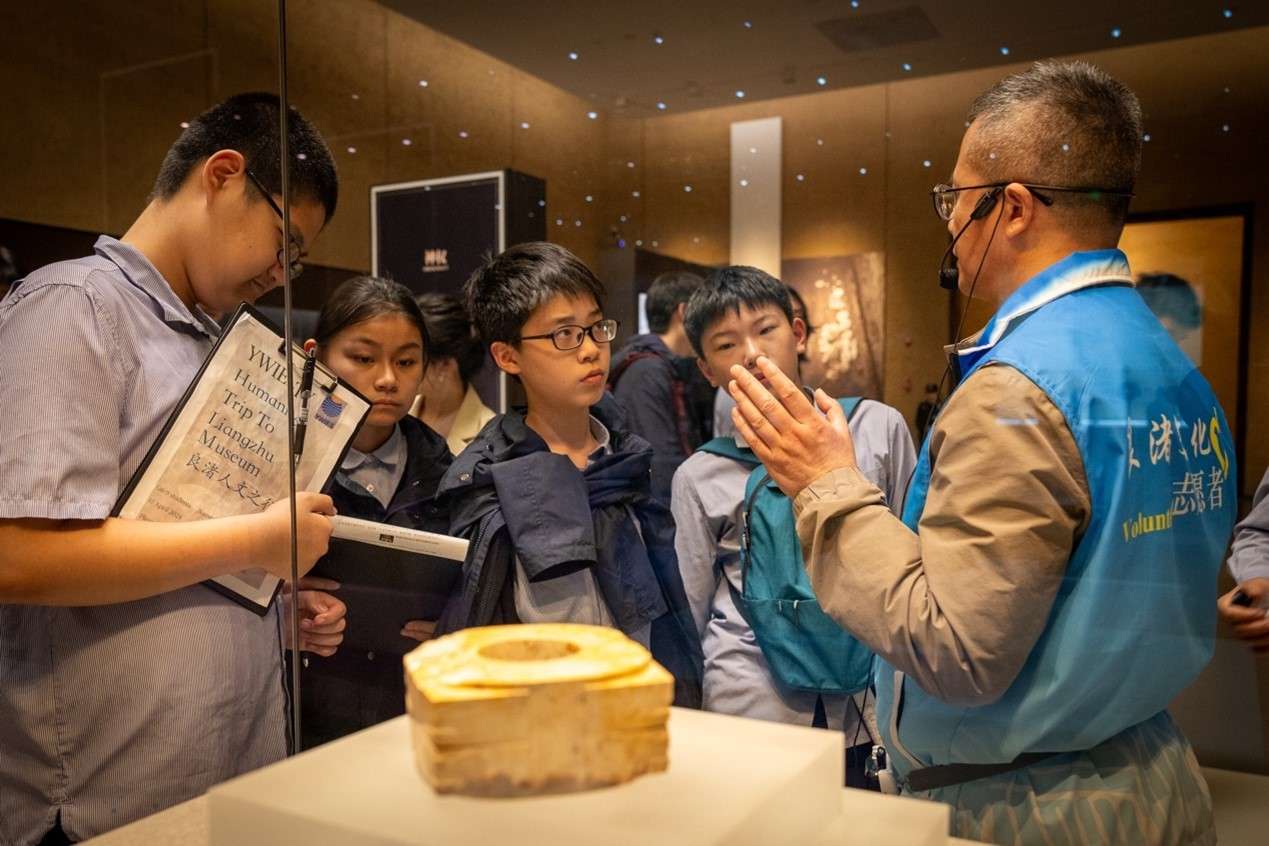
Liangzhu culture is one of the representatives of ancient human civilization and one of the origins of Chinese civilization. It is also a United Nations World Heritage Site. Liangzhu culture can be traced back to about 5,300 years ago, and was distributed in the area around Qiantang River. A large number of precious cultural relics, such as bronzes and jades, have been archaeologically excavated from the Liangzhu site, which not only demonstrated the high craftsmanship level of the people of Liangzhu, but also reflected their production, life, and religious beliefs and other characteristics. The representative of Liangzhu is the jade, which is the embodiment of the concepts and beliefs of Liangzhu people and an important symbol of civilization.
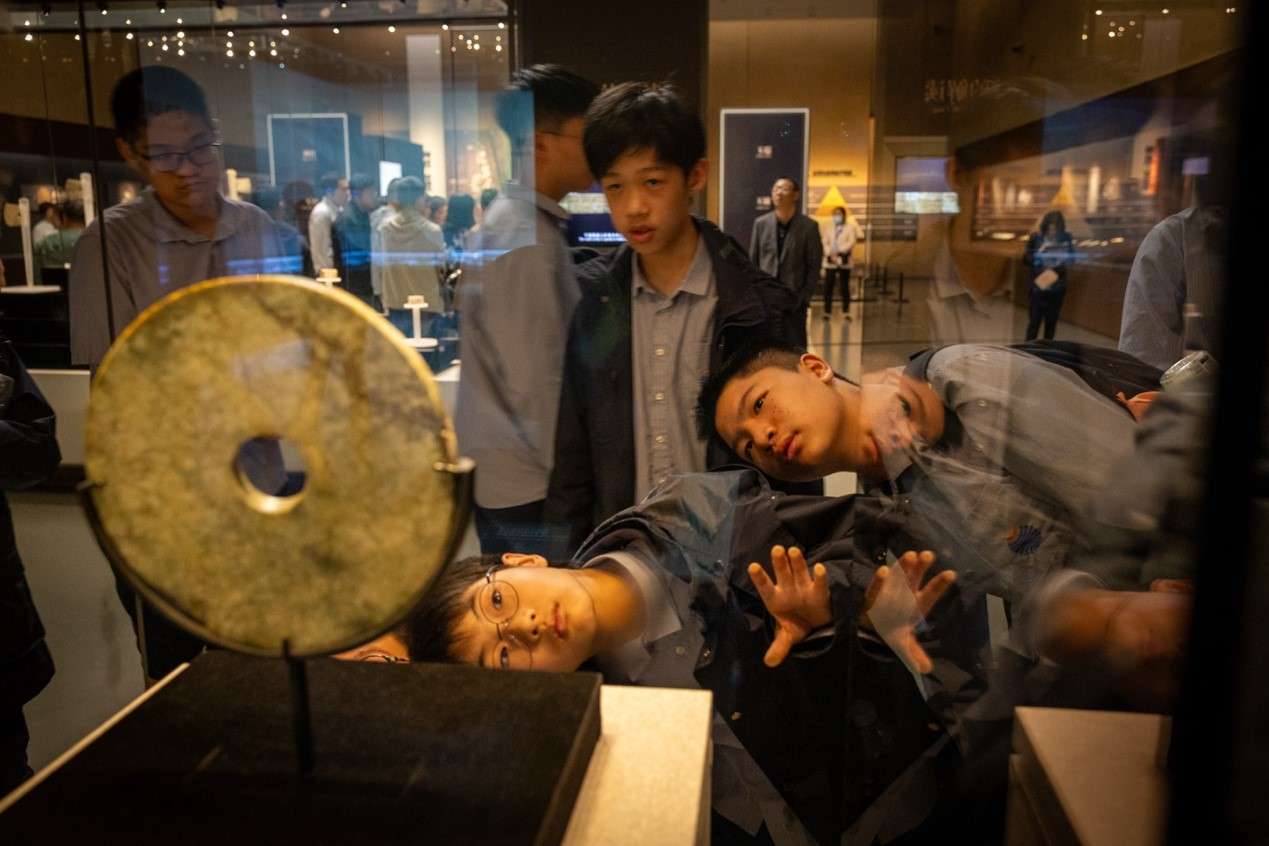
Our students are introduced to Liangzhu culture in G6 Zhejiang Local Humanities learning, and in G7 Chinese History learning, they study Liangzhu culture in depth as a representative of the Late Neolithic civilization. The modernized Liangzhu Museum and the Liangzhu cultural industry are excellent business learning research cases for G9 Business students.
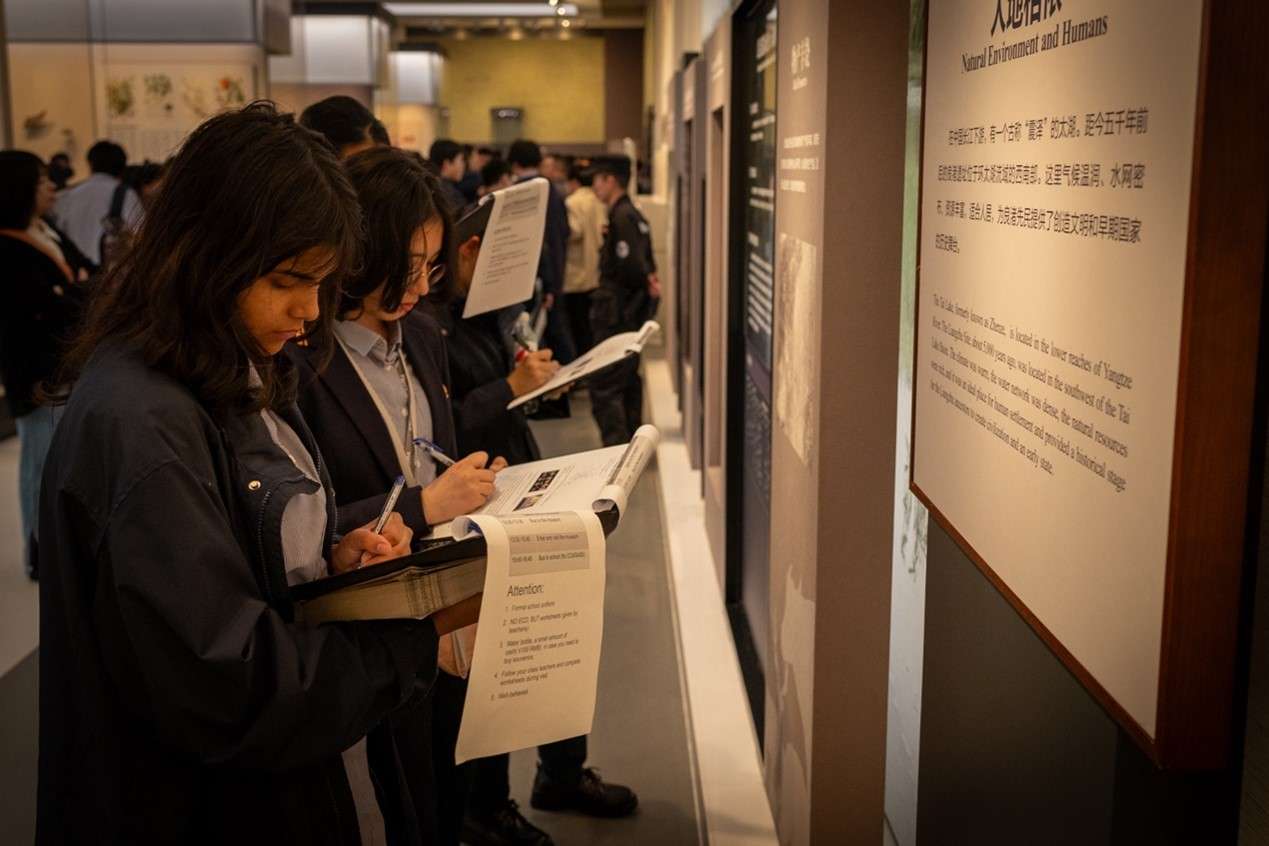
The museum visit was conducted in the form of a group visit, with the museum volunteer docent’s introduction. Under the guidance of the docent, the students gained an in-depth understanding of all aspects of Liangzhu culture through viewing excavated artefacts and modern multimedia equipment. This multi-perspective learning approach gave them a deeper understanding of Neolithic life and culture, and expanded their humanistic horizons.
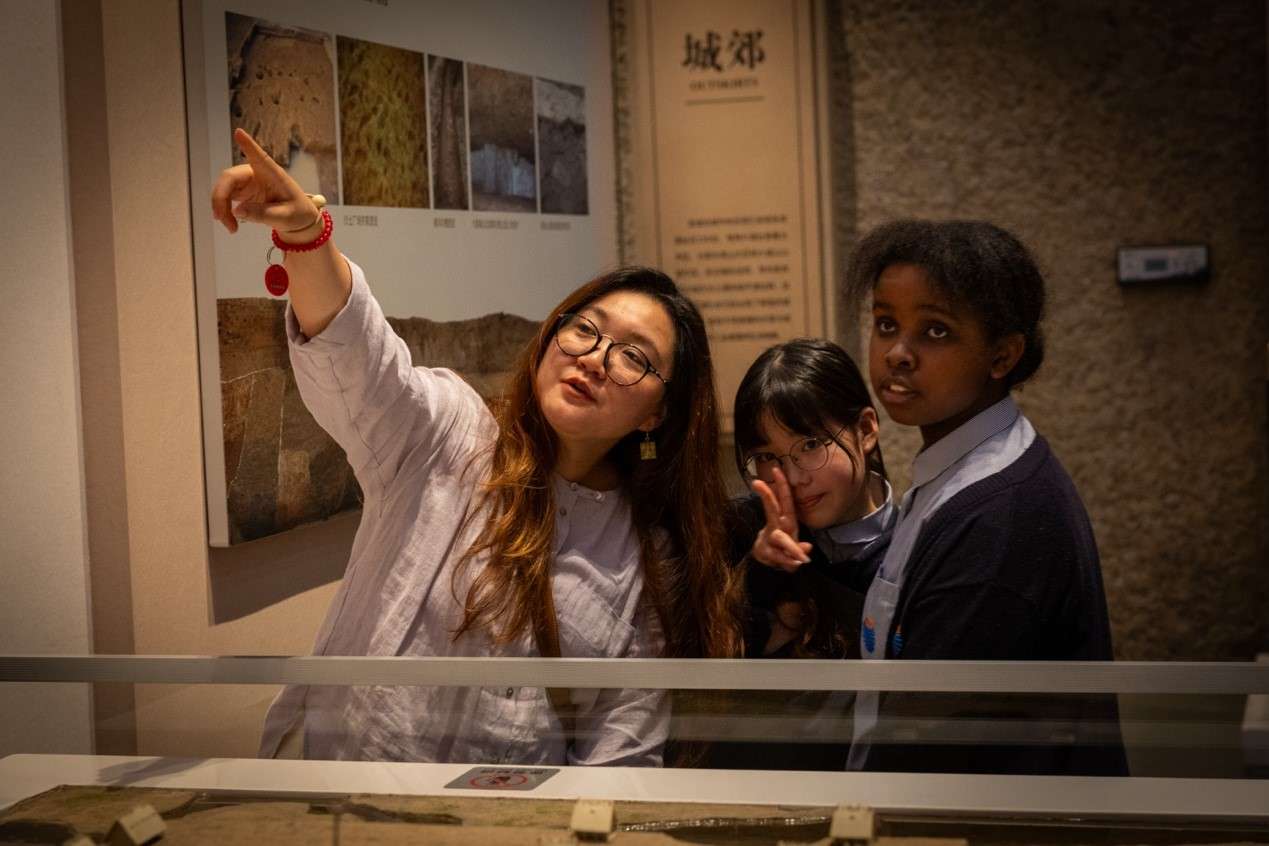
In addition to the visit, the students also completed the bilingual worksheets prepared by teachers, which include questions about the history, geography, and business of Liangzhu. The students learnt, recorded and thought when visiting. This trip deepened their understanding of history, their connection with local culture, and enhanced their overall humanities competence.
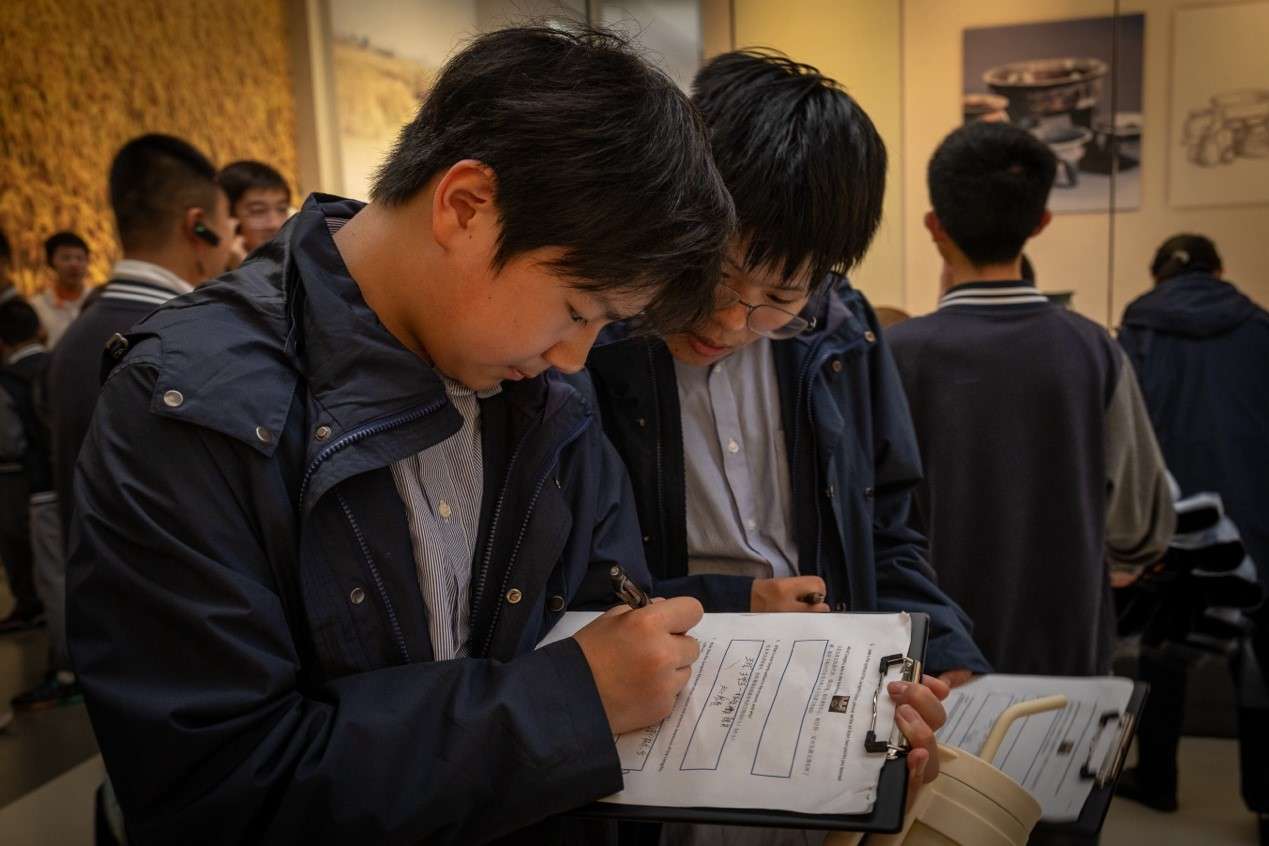
In the museum, students stopped in front of the exquisite artefacts to marvel at the wisdom of the ancients from time to time, listened attentively to the docent while putting forward their own questions or insights, and completed their worksheets with the knowledge they gained in the museum. It is also worth mentioning that outside the museum, all students well-followed the teacher's instructions while some students even volunteered to keep the public umbrellas prepared by teachers. They supported each other by sharing umbrellas in the rain. The serious attitude towards practical learning and the collaborative spirit shown in the trip made this trip a real humanities practice.
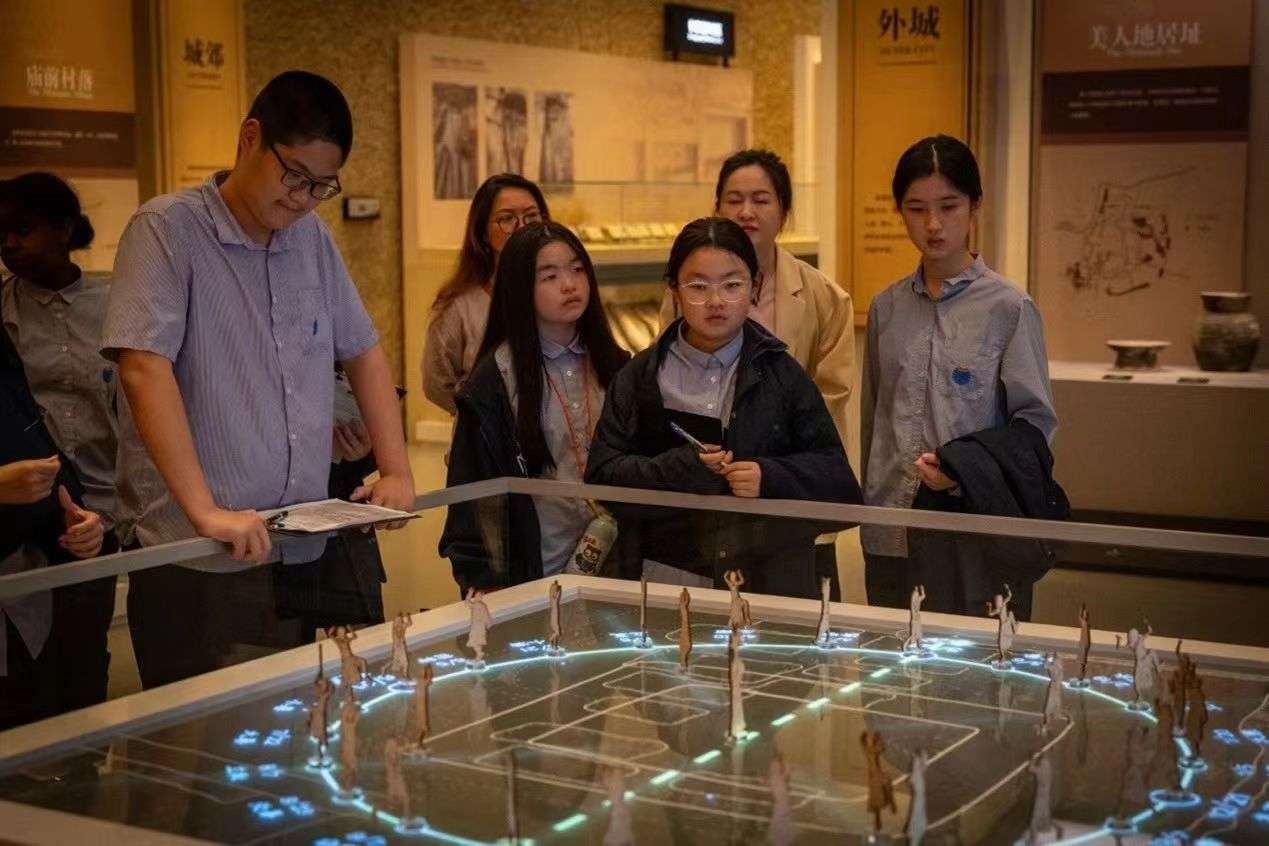
Through the humanities trip to Liangzhu, our G6-9 students not only broadened their horizons and increased their knowledge, but more importantly, perceived and practiced the spirit of humanism. It is hoped that this trip will become a wonderful memory of their learning career and a seed to inspire them to explore and love history and local culture. Finally, let's take a look at worksheet examples!




